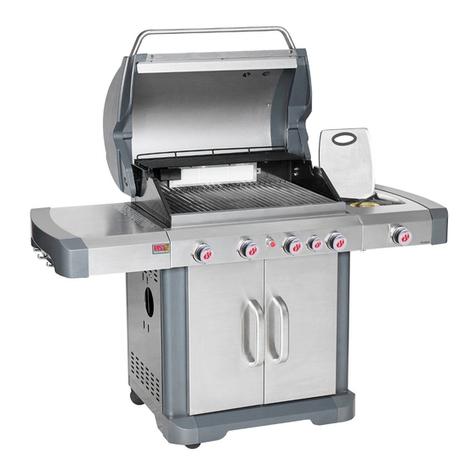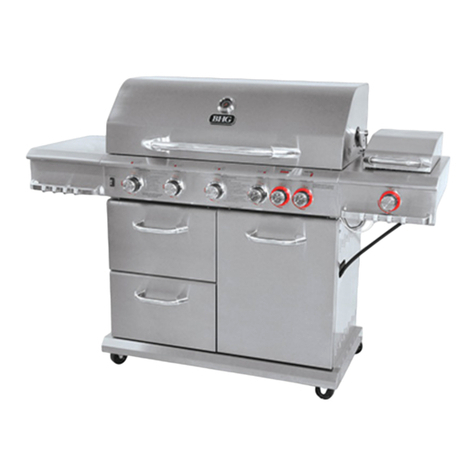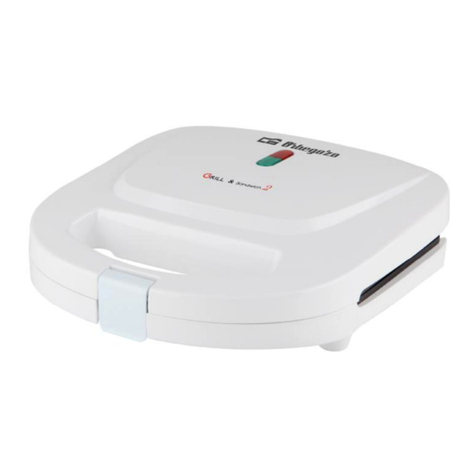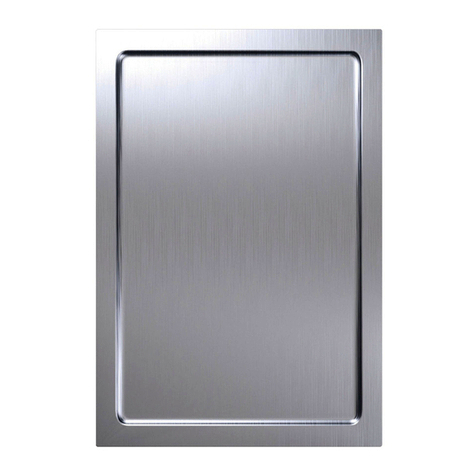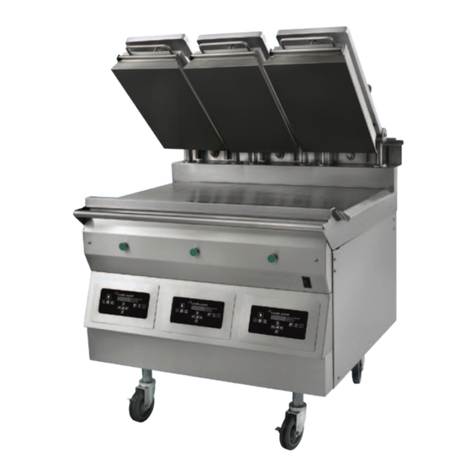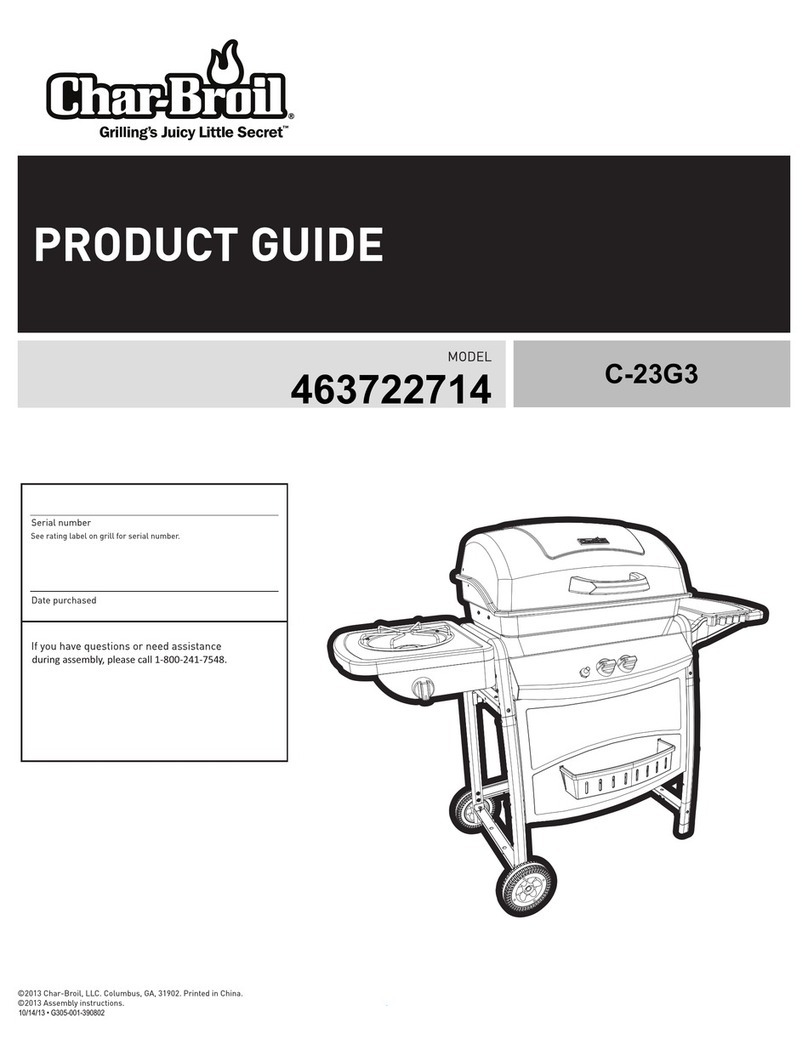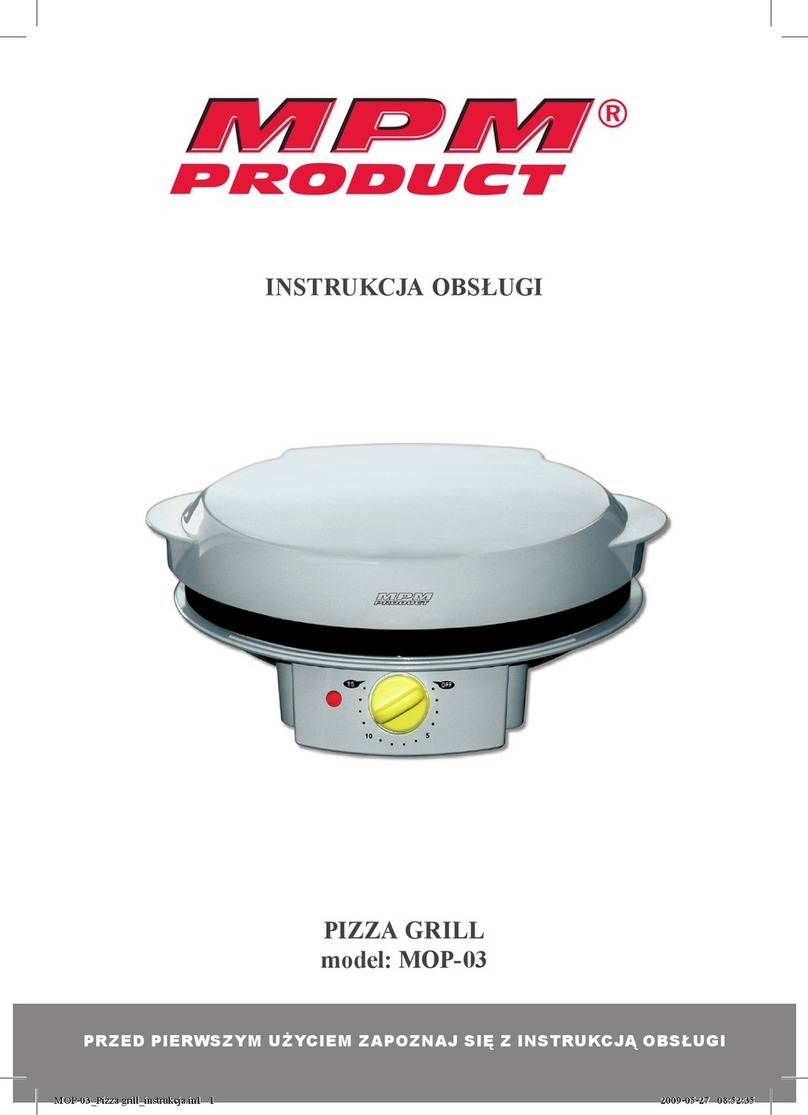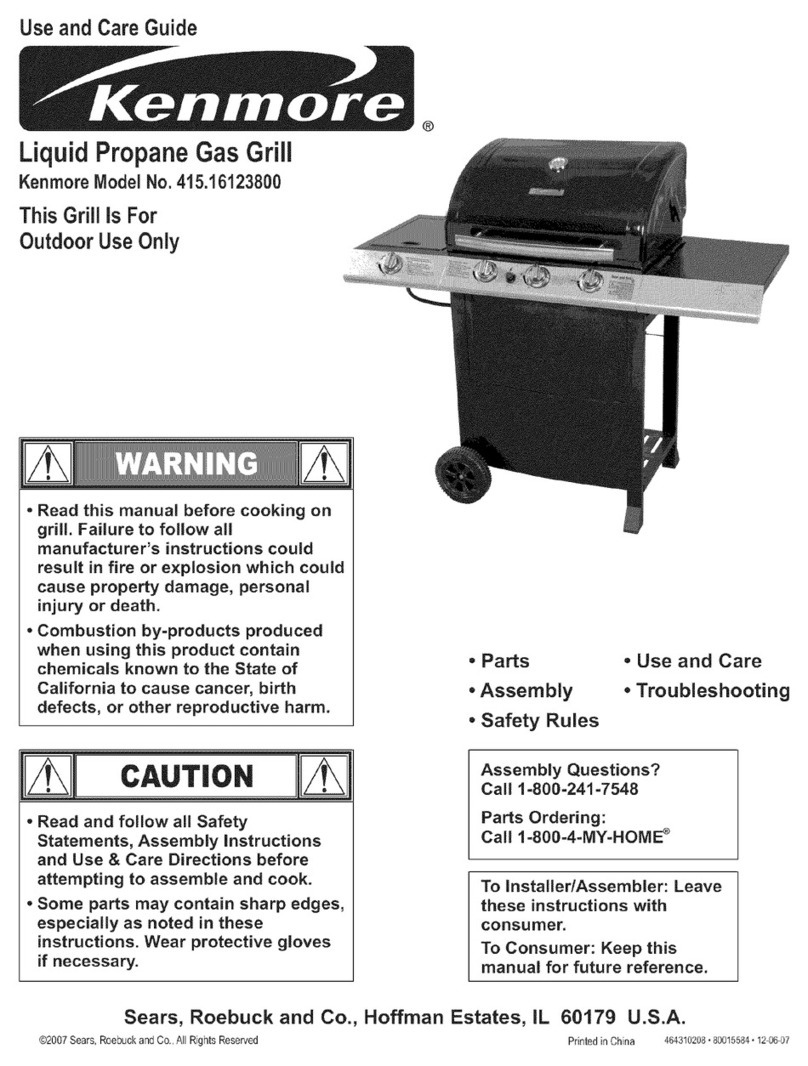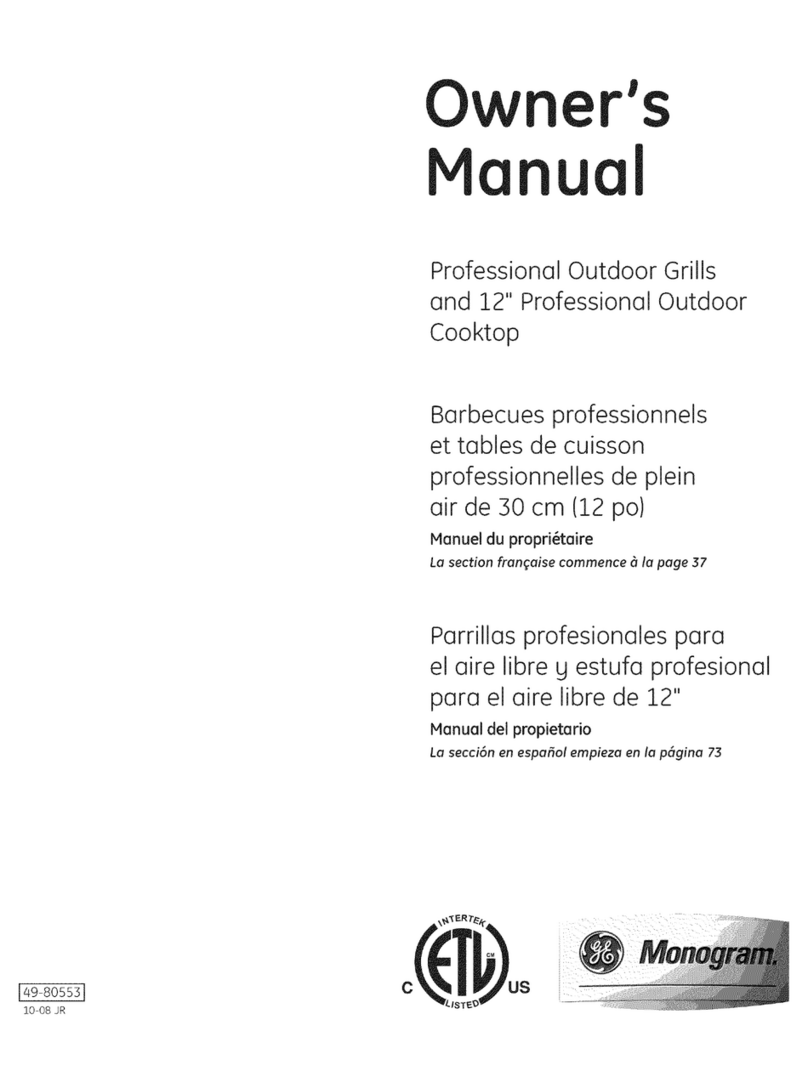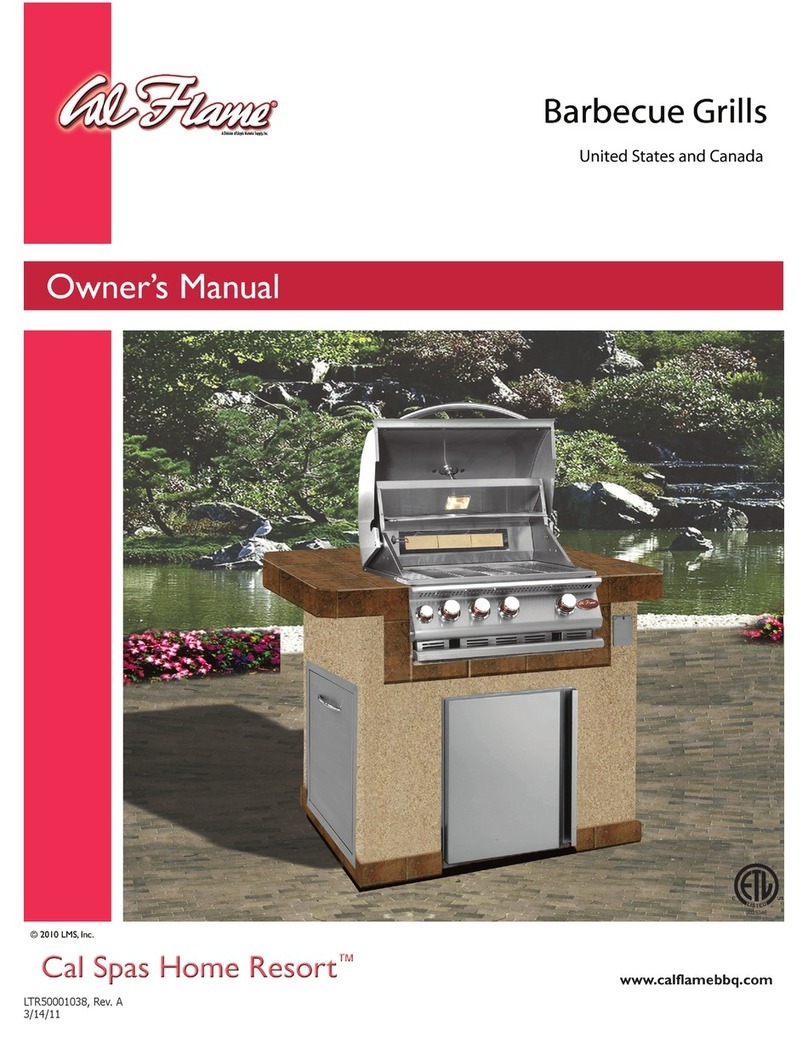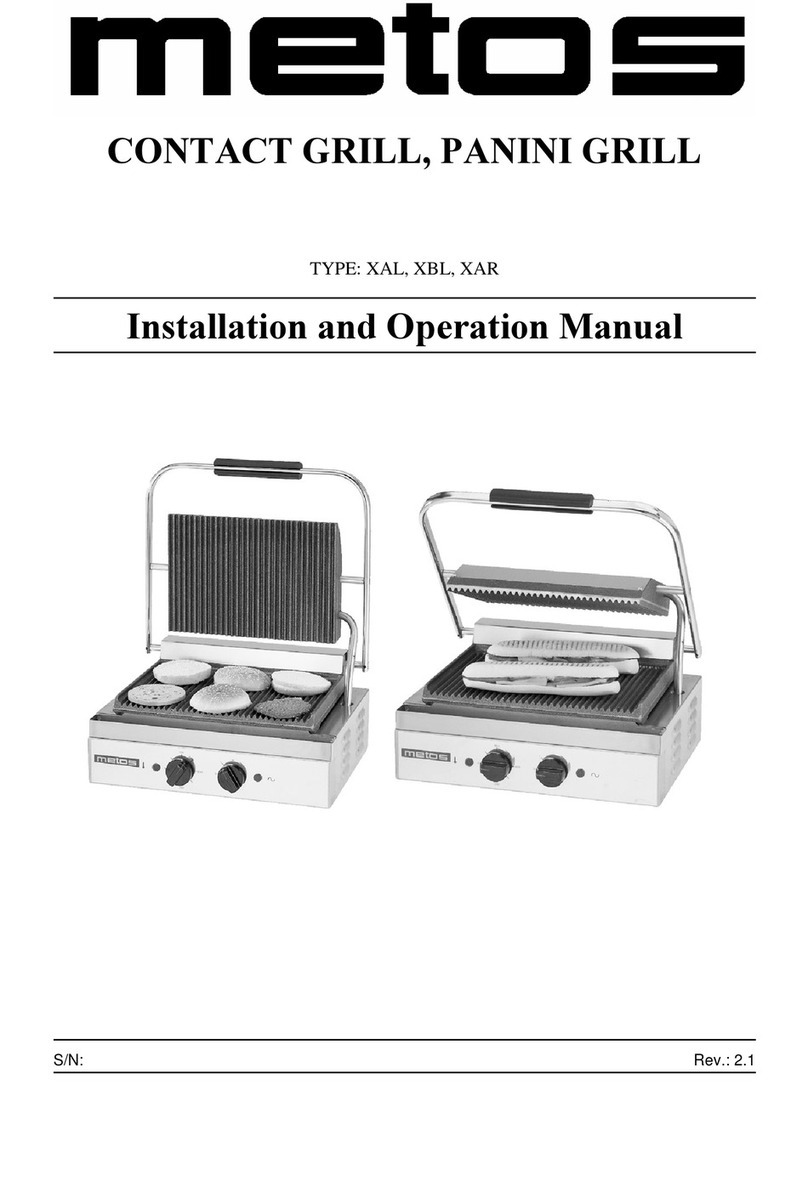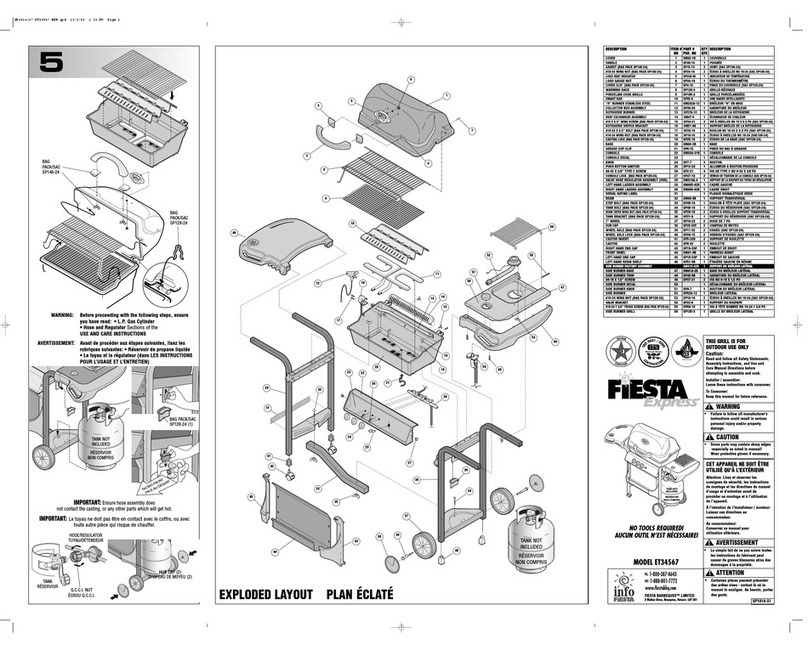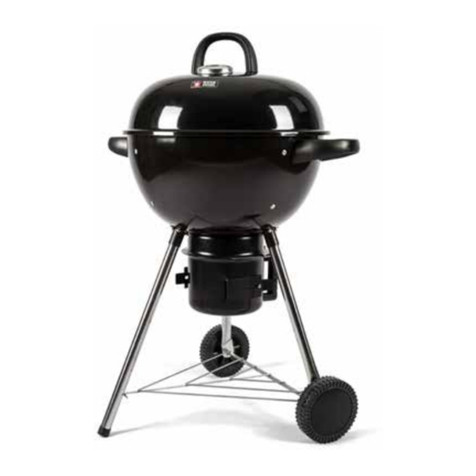
Introduction
2
Introduction
I Introduction
Congratulations on the purchase of your new Giles Rotisserie. With proper care and maintenance this unit
could provide you with years of trouble-free service.
The Giles Rotisserie compliments the existing Giles line of products by providing a non-fried cooking alter-
native. It will open many selling opportunities for your c-store and supermarket business. Your customers
will continue to demand variety with possible emphasis on healthier cooking approaches. Utilizing a rotis-
serie-convection combination, the RT5 and RT7 are able to prepare many entrees that are low in fat and
cholesterol.
To help protect your investment in this state-of-the-art cooking equipment, we recommend you take a few
moments to familiarize yourself with the installation, cleaning and maintenance procedures contained in
this manual. Adherence to these recommended procedures minimizes the potential for costly “Down-
Time” and equipment repairs.
How the Giles Rotisserie System Works
The Giles Rotisserie uses a combination of hot air convection and rotisserie cooking to produce an unlim-
ited variety of food products. The food products are rotated in different “carrying” accessories which are
mounted on the grillís Rotor Assembly (included in this manual, Section 8-2, is a list of accessories).
The Rotisserie’s fan motor maintains two separate circulation systems, one for hot air and the other for
cooling.
Hot air is forced downwards through the air box that is mounted in the ceiling of the grill chamber. This hot
air will surround the food and be drawn back through the center of the air box.
The air for cooling is drawn in underneath the grill through a duct between the grill chamber and the elec-
trical components and is then directed through the roof and the vent slots on the left hand side. This
process enables cool air to continually cover the grill chamber. The air cooling fan is thermostatically con-
trolled, and is able to function even after grilling is finished. The temperature in the grill chamber is con-
trolled by an electronic thermostat with a range of 150°F (65.6°C) to 420°F (215.6°C).
